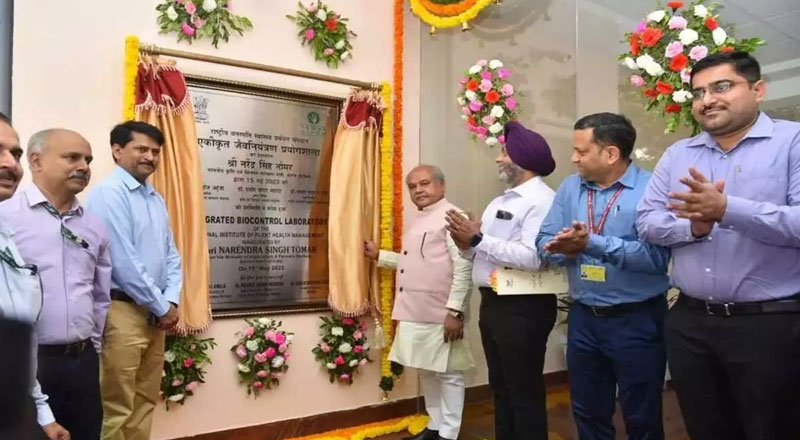SAARC’s Significance and India's Central Role
The South Asian Association for Regional Cooperation (SAARC), established in 1985, was envisioned as a platform for fostering peace, economic integration, and regional cooperation among South Asian nations. India, as the region’s largest economy and most populous nation, played a vital leadership role in the group—supporting multiple developmental initiatives, including the SAARC Development Fund and the South Asian University in New Delhi. However, since the 2016 Uri terror attack, India’s decision to boycott the 19th SAARC Summit in Islamabad rendered the grouping virtually inactive. In the vacuum created by SAARC’s paralysis, new geopolitical realignments are emerging.
China, Pakistan, and Bangladesh Explore a SAARC Alternative
In a significant development aimed at reshaping regional power dynamics, China and Pakistan have reportedly advanced talks to create a new regional bloc intended to replace the defunct SAARC. According to a report in Pakistan’s The Express Tribune, Bangladesh participated in a June 19 meeting in Kunming alongside Beijing and Islamabad. The aim was to pitch the idea of this new grouping to other South Asian nations previously involved in SAARC.
While details remain scant, this initiative builds on earlier trilateral discussions between China, Pakistan, and Afghanistan focused on expanding the China-Pakistan Economic Corridor (CPEC) into the broader region. The proposed bloc is expected to include SAARC nations such as Sri Lanka, Maldives, and even Afghanistan, which is now under Taliban rule.
Bangladesh Walks a Tightrope
Bangladesh, while present at the Kunming meeting, has publicly denied being part of any political alliance with China and Pakistan. M Touhid Hossain, foreign affairs adviser to the Bangladesh government, clarified that the meeting was “at the official level” and not intended to form any geopolitical bloc. “There is no element of formation of any alliance,” he emphasized, amid speculation of growing trilateral cooperation.
Nonetheless, diplomatic sources cited in the Tribune claim that the ultimate objective remains forming a China-led regional bloc, with a long-shot proposal to invite India—though few expect New Delhi to join given conflicting strategic interests.
The Decline of SAARC: A Stalled Vision
SAARC’s downfall has been largely attributed to deep-rooted tensions between India and Pakistan. While India consistently pushed for deeper trade and security cooperation within the bloc, Pakistan routinely blocked initiatives, particularly those related to counterterrorism and regional transit.
For instance, Pakistan vetoed the SAARC Motor Vehicles Agreement at the 2014 Kathmandu summit, a move that drove India, Bhutan, Bangladesh, and Nepal to create the BBIN sub-regional grouping in 2015. Pakistan also used its influence to derail proposed anti-terror frameworks. Following the Uri attack in 2016, not just India but also Bangladesh, Afghanistan, and Bhutan withdrew from the scheduled Islamabad summit, citing concerns over cross-border terrorism.
India continued limited efforts to revive SAARC, including hosting a video conference among member nations during the COVID-19 pandemic, pledging $10 million to a proposed Emergency Fund. However, substantive progress has remained elusive.
A Shifting Strategic Landscape
The ongoing efforts by China and Pakistan to build an alternative to SAARC reflect not only the inertia of the original grouping but also a larger strategic contest in South Asia. While India maintains its focus on bilateral and sub-regional cooperation—such as through BIMSTEC and BBIN—it must now contend with a parallel regional framework taking shape under Beijing’s leadership.
Whether the new bloc will gain traction remains uncertain, especially as countries like Bangladesh appear reluctant to openly side with China or Pakistan. Yet, this development underscores a critical reality: in the absence of effective multilateral cooperation through SAARC, the geopolitical vacuum in South Asia is being rapidly filled by new alignments, challenging India’s long-held regional influence.
(With agency inputs)





















